In a world where only 2% of venture funding goes to women, Bree McKeen shares why intellectual property is power.
What was your most recent big idea? Have you ever invented anything? How about patented anything? According to the World Economic Forum, just 10.9% of all patents in the US are granted to women, although that number is slowly climbing.
But there’s still an enormous gender gap when it comes to who gets credit and compensation for all manner of ideas and inventions. Bree McKeen knows a thing or two about that and about patents. She has six of them.
Bree is the founder of lingerie brand Evelyn & Bobbie, which she started because she had a dream for a better bra. She struggled for years with aching shoulders, tension headaches, and posture issues from wearing an underwire bra. And she was disappointed with alternative bra options on the market, so she created her own solution. She joined Jean Chatzy on the HerMoney podcast to share how she did it, and what the landscape is like for other women with patent dreams of their own.
What Is A Patent: Utility Vs. Design
Jean Chatzky: We’ve never talked about the process of applying for patents on this show. What do you do? Why does it take three to five years? Let’s even take a step further back, what’s a patent?
Bree McKeen: There are two types of patents: design patents and utility patents. A design patent says that this is a unique design. It looks special, and we’ve never had something that looks just like this before. And the Burberry plaid is a great example. You can’t copy the Burberry plaid, or you can’t have a product that looks just like that. So it protects the way something looks.
I have utility patents. That’s what you have on your iPhone. So if Apple comes up with a new innovation, and this is why they’re so careful to protect their intellectual property, it’s the first time that something has worked that way. So, utility patents protect the way something works. Now, design patents are easy to get. Utility patents are hard to get. If you change the design on a design patent, only 30%, it’s fine. It’s pretty subjective. Design patents give you limited protection. Utility patents give you a lot of protection. It says you can’t have something that works exactly like this, or it’s an infringement on your patent.
Why Patents Matter, Especially for Women
Jean Chatzky: If you’re thinking about starting a business or creating a product, should having patent protection be one of your goals? Is that a bar you should be aiming for?
Bree McKeen: I am a big fan of intellectual property. Over the last several years, the amount of venture capital going to female-founded companies has hovered right around 2%. There are a lot of male investors, and people invest in what they know. If they don’t wear bras or if you have another idea for a women’s product, you have to be prepared to make your case for the value of that or find female investors
I believe having intellectual property will help you get funding because it’s something very concrete. So that’s the first reason why I say yes. Number two, copycatting has never been more prolific than ever. Today, not only can they copy your product, but I’ve seen examples where a founder has a YouTube video selling her product, and they’re putting a different AI face on there. And it’s helpful to be able to go to Amazon and say, “Hey, this is a patented product, you have to take that down.” So I do think it helps you protect your market share. Those are the two main reasons why I think it’s worth it.
For Aspiring Founders: Protect Your Power
Jean Chatzky: You came out of the VC world in order to start your business. What advice do you have for women, patentable or not, who are trying to pitch their ideas and get taken seriously?
Bree McKeen: Number one, you don’t owe anyone any information about your company. I am giving you permission right now to hold your cards close to your chest. What I see women doing is going into these meetings with investors, and they will ask you every question under the sun. You do not have to answer anything. What you should be doing is interviewing them and telling them nothing unless you really think they are a good partner for you.
And then the other thing is, don’t let investors waste your time. This was a lesson that was hard for me to learn. Fundraising is so intense. It takes so much time and heart and energy, and if you’re doing it well, you’re customizing your pitch for every investor. That alone is a full-time job. I found myself having one-hour meetings with investors, and 50 minutes of that time would be me trying to convince them. If it’s a women’s product, and it’s a male investor, you do have to think creatively about how to make it an understandable experience for them.
MORE ON HERMONEY:
More money news when you need it! Get the latest and greatest updates on all things investing, budgeting, and making money. Subscribe to the HerMoney newsletter at Hermoney.com/subscribe!


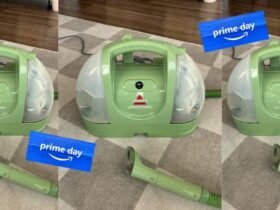
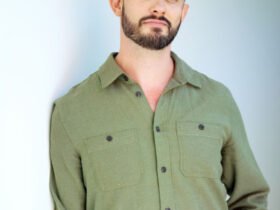


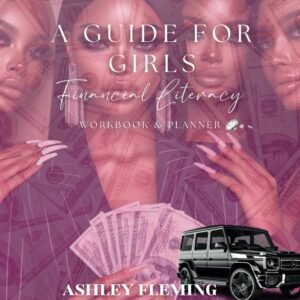
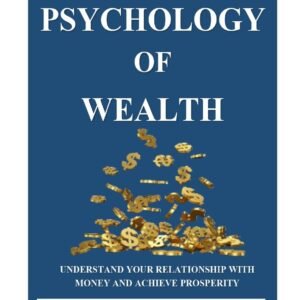
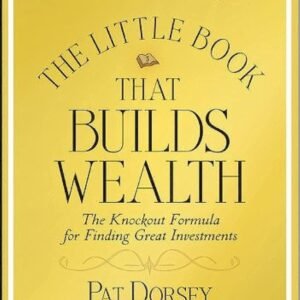
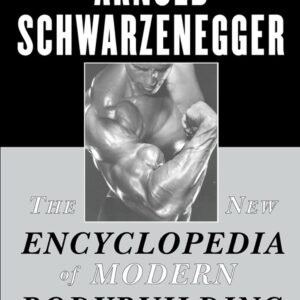
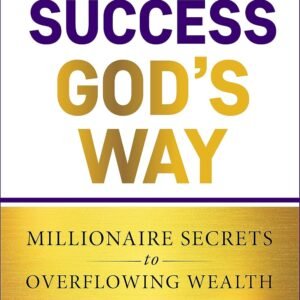

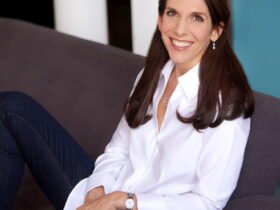

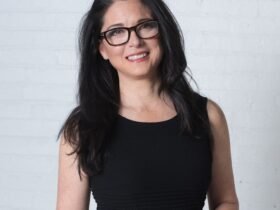
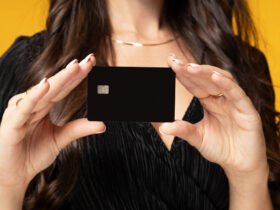

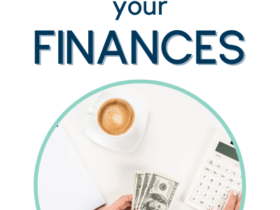
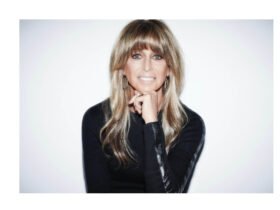
Leave a Reply